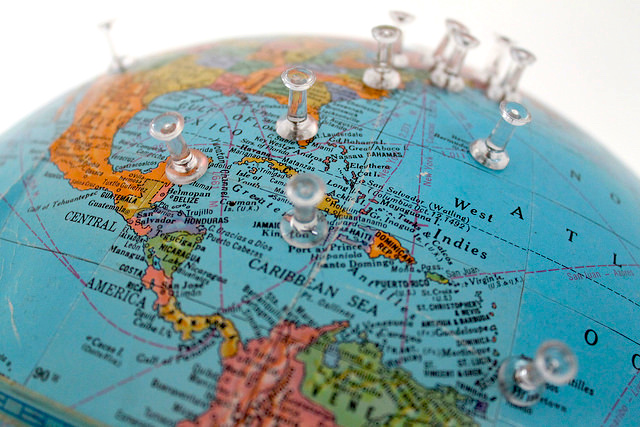Aggregated News

Curious about their roots, consumers are spending tens of millions of dollars each year getting their DNA tested and then proclaiming they are one-quarter Irish, 22 percent Scandinavian or 14 percent Native American.
These pie charts of ethnicity make for great water-cooler conversation. But what about the science? Experts say it is still in its infancy, can reinforce stereotypes and sometimes is flat-out wrong.
Scott Woodward, a former employee of Ancestry.com who helped build the company's database of ethnic markers, said DNA services are prompting millions to ask questions about their family history. He sees that as beneficial. But he's troubled that so many consumers see ethnic analysis as a hard science, when there are well-known limitations.
"It is a very, very hard problem," said Woodward, a Utah academic who previously was Ancestry's director of genomic discovery. "People like to draw hard lines with ethnicity, and they should be fluffy clouds."
Ancestry — the industry leader, with more than 5 million people tested — marketed its DNA-testing kits by claiming it offers five times more detail about family history than...



